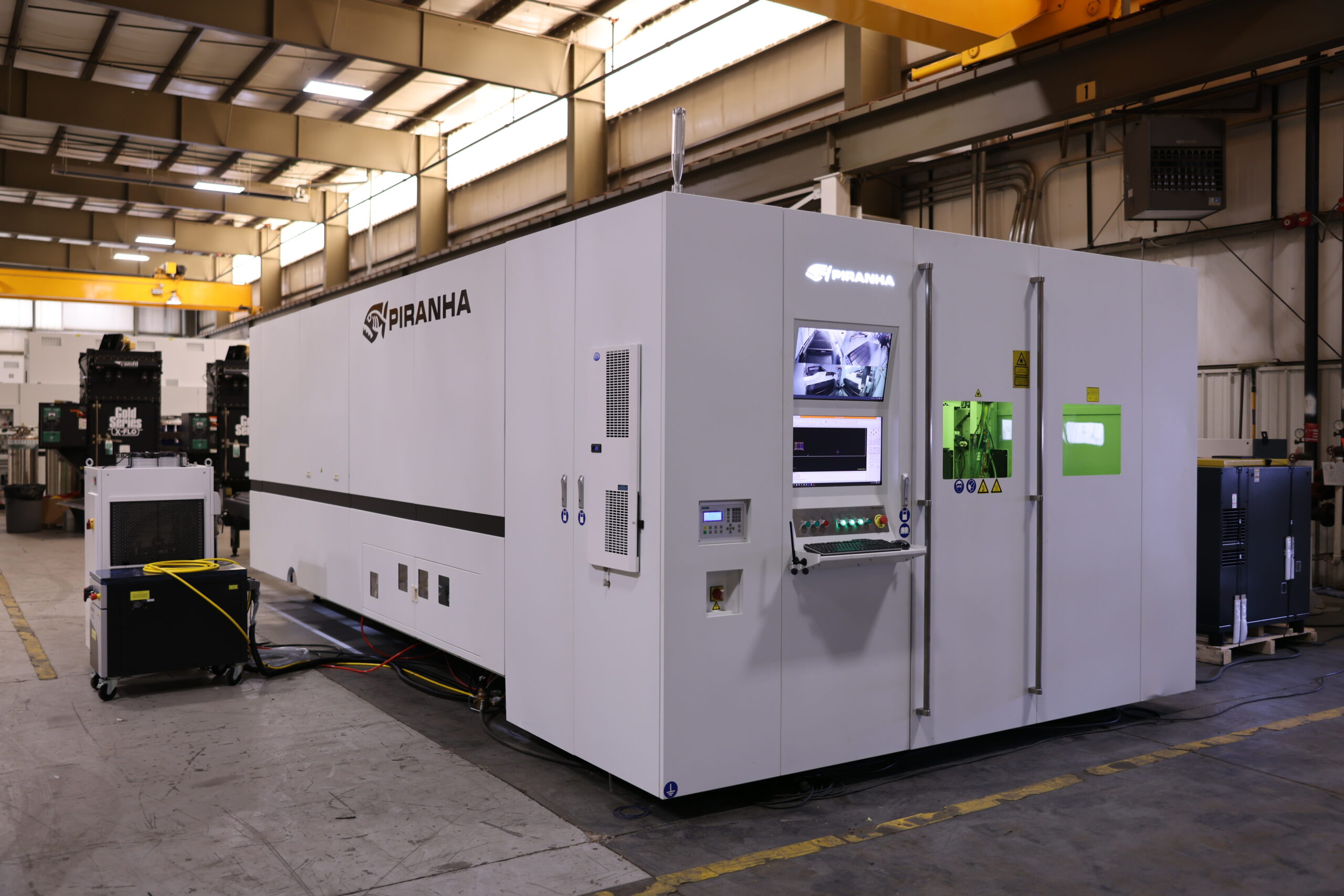Don’t overpay for a resonator you don’t need
Power is an easy sale. For metal fabrication shops, it can also be a costly mistake.
In recent years, high-power resonators for lasers have become an increasingly commodified market. The technology has advanced very, very fast.
Three years ago, the max resonator power on the market was 12kW. On a year-to-year basis, it’s since crept up to 20kW, then 25kW and now 30kW. In the Chinese market, you can find 50kW resonators.
That’s exciting. There are plenty of use cases for these high-powered resonators, and they promise a future where lasers can cut thick material quickly and cost-effectively.
But you’re running a metal fabrication shop and you need to be smart. The industry is competing with itself to produce escalating powers of resonators. And that competition might not yield any reward to you. Your money would go to waste chasing power when you don’t need it.
We’ve got some advice. This article walks you through the crucial process of selecting a proper resonator to meet your current and future needs.
When do you need more power?
It all depends on your application.
Take a steel service center that does a significant amount of value-added cutting. Higher-powered resonators can cut thicker material for longer runs with nitrogen, faster. And for these facilities, there’s money to be made from chasing power.
With an 8 by 20 ft laser taking up a significant amount of floor space, they’ll want to ensure this machine can cut a variety of densities. That same logic holds true for large job shops with little idea of what projects they’ll be taking on.
But let’s say your industry doesn’t require cutting 10 ft long, 3/4 inch thick parts. You work with HVAC, electrical components, medical components or appliances, for example. A 3kW laser could allow you to cut that thinner, 20 gauge material at 2400 inches a minute, while a 6kW laser could allow you to cut it at 3000 inches a minute. That difference only matters on long cutting profiles.
But here’s what always matters: the price difference. You’d spend tens of thousands of dollars more for a 6kW resonator over a 3kW. The same is true no matter what jump in power you make — and it’ll grow even more steep from 6kW to 12kW, or 12kW to 20kW. If you aren’t gaining enough in productivity to make up for the cost increase, you’re just wasting your money.
Most laser manufacturers don’t sell resonators under 10kW anymore. Piranha still does. We have high-power resonators, too, but like to work with you on the cost analysis and justification, first. It’s not because we haven’t caught up with the times. It’s because we don’t leave shops behind.

How can I be sure a resonator is worth the investment?
Run time studies and perform a cost analysis.
That will require an experienced engineer. We’ve got plenty who answer these kinds of questions all the time.
At Piranha, a resonator selection conversation would generally start with three questions:
- What materials are you running?
- What range of densities are you cutting?
- What percentage of your production do these materials make up?
Those questions give us a starting point for a targeted cost analysis. We’ll take your part geometry and run it through computer simulations at a variety of resonator power levels. These time studies can tell us how quickly and cost-effectively your parts can be cut on a 3kW laser, a 6kW and a 12kW, for example. All of which provides strong data to back up your choice in investment.
This approach means you’re buying a resonator that meets your actual needs. But it’s not necessarily what everyone wants. There are shops that know what laser they need and would rather act fast. In those cases, Piranha can deliver one that’s ready on the floor.

So I may not need a high-powered resonator now. But what about later?
What you need now isn’t what you’ll want years down the line. That’s inescapable.
And a consultative approach to laser sales takes this into account. With sufficient expertise in your industry, a laser manufacturer should be able to anticipate your potential future needs and recommend equipment accordingly. And those recommendations need to be backed up by sound logic.
Work with Piranha, and we’ll map out a 5-year plan for you. That plan won’t just be a catalog of dreams. It will begin concretely, with crafting a floor layout (space is almost always a limiting factor for fabrication shops).
Our applications engineering team — with plenty of expertise in all kinds of metal fabrication equipment — can help you decide at exactly which points in your growth you should consider new equipment. They’ll keep you from overinvesting in tools that lack demonstrable, immediate ROI.
And if part of that plan involves upgrading resonator capacity when it makes sense, Piranha can retrofit machines, too. There aren’t other manufacturers who do that. Or we might suggest the Flex laser from the outset, which accommodates interchangeable resonators up to 20 kW (with higher powers on the way).
You shouldn’t just take the word of any manufacturer throwing you recommendations. You should expect careful study and detailed data backing up these suggestions. Which is what we do, because we know it matters.
Fabrication Equipment
Thermal Cutting Machines
Current Promotions & In Stock
Contact Piranha
- 775 Logistics Dr, Belvidere, IL 61008
- Toll Free: 800-338-5471
- Local: 815-964-6771
